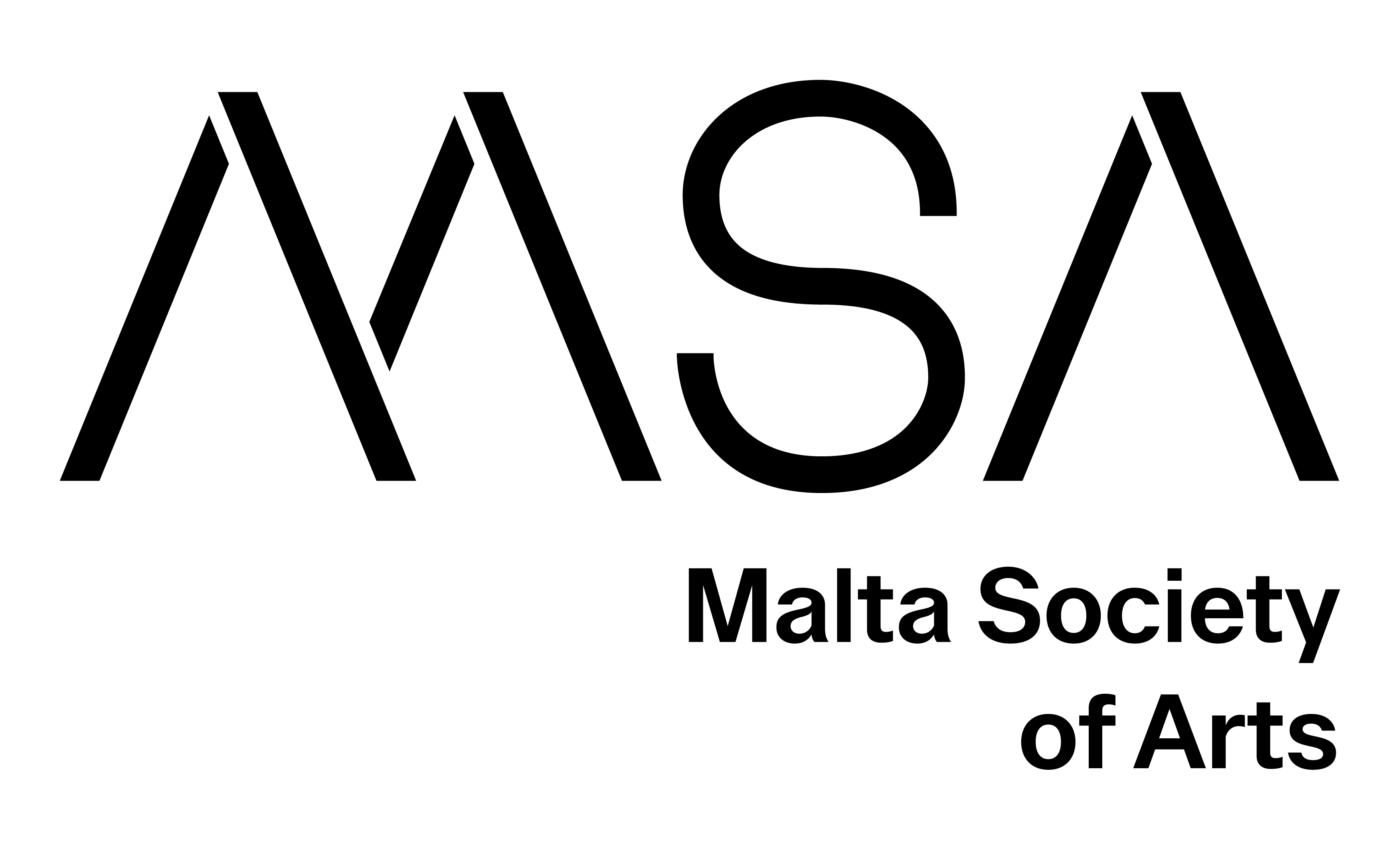Ongoing
Installation
Andrew Gryf Paterson’s practice of vermicomposting at home over more than six years, has been visually documented and shared on Instagram under the name of ‘Me an ma Wormies #1’ (‘Me and my Worms’, in Scots using a diminutive term for the anglicised term verme), a cute familiar way to speak of his posse, his gang with whom he has a more-than-human ongoing relationship, living and working in cooperation as they process organic, raw consumption waste.
Known more scientifically as Eisenia fetida - or commonly in English as ‘manure worms’,1 ‘redworms’ or even ‘red wrigglers’ - they are a species of ringed-segment earthworm that has adapted itself to decaying organic materials. They are native Europeans who have been introduced intentionally and unintentionally to every continent except Antarctica. Like other earthworms they are hermaphroditic, can be uniparental, but usually fertilise each other. While the front and end of these worms is where eaten matter transits, it may not be exactly so, as it’s also said they taste through their skin.
Andrew Gryf Paterson is an 'artist-organiser', cultural producer, educator, curator and independent researcher. Paterson specializes in exploring connections between art, digital culture, science, cultural activism related to the commons, DIY-Do-It-With-Others.Do-It-For-Research, ecological and sustainability movements, along with cultural heritage and collaborative networks. Originally from Scotland, Paterson has an international practice, including activity over the past ~20 years in the Baltic Sea region, based for most of the time in Helsinki, Finland. He works across the fields of media/ network/ environmental arts and activism, pursuing a participatory practice through workshops, performative events, and storytelling. Strengths lie in hybridity, communications, organisation and network arts: the ability to bring together and involve people in creative, collaborative exploration, developing temporary communities, gathering unexpected elements and components as new spaces of/for cultural activity. What is left behind as social, digital, material and ephemeral residue of 'being t/here' has been a consistent concern. More or less archived here: http://www.agryfp.info
Back







